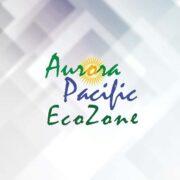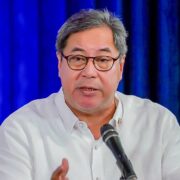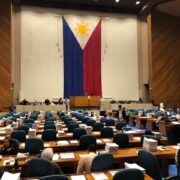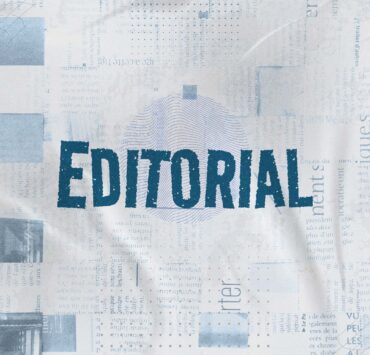The healing powers of nature and the arts
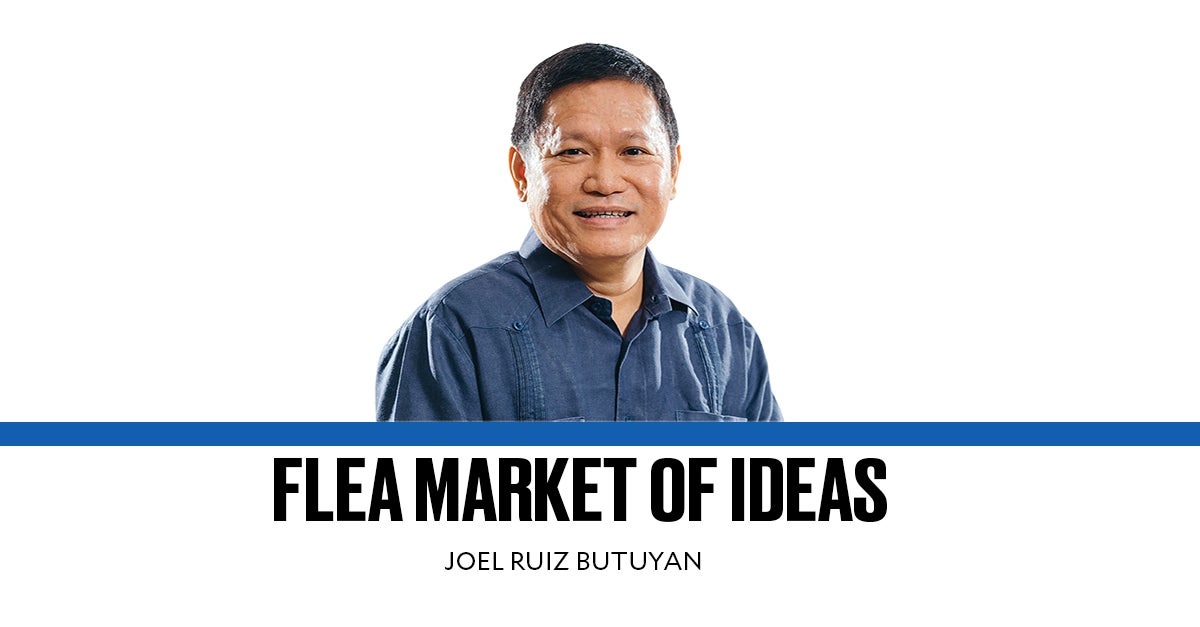
An interesting gathering of doctors and artists took place in Antipolo City recently. They came together to vouch for the healing powers of nature and the arts as they launched the Philippine Institute for NeuroArts.
The venue was the Pinto Art Museum and Arboretum which houses the most extensive contemporary art collection in our country. It also has a mini-forest of some of the rarest and most critically endangered native trees and plants in our archipelago. The museum is owned by Dr. Joven Cuanang, our country’s foremost neurologist, who has been a long-time patron of the arts.
Cuanang helped found the neuroarts institute to explore “the creative arts and their health outcomes. Specifically, the health effects of music engagement, visual arts therapy, movement-based creative expression, and expressive writing—hence the use of visual arts, dance, music, and literature in the healing process.”
Cuanang revealed that evidence of the effect of art on brain function is being documented by scientific methods. He cited an experiment of people who were made to view figurative art, resulting in decreased blood pressure. He said that “these findings suggest that museum visits can have health benefits. Hence, in Scandinavia and some of the progressive centers in the United States, prescriptions like visiting a museum are now starting to be practiced.”
The doctor cum-art-patron further said that “the viewing of art is associated with an increase in dopamine and activity in the frontal cortex, resulting in feelings of pleasure that are similar to being in the throes of romantic love. Further, the arts can create natural pain relievers like endorphins. Cancer patients are less depressed when viewing paintings. Art can help in coping behavior. There’s an increasing amount of scientific evidence proving that art enhances brain function. It has an impact on brain wave patterns and emotions. Art viewing can actually raise serotonin blood levels. Art can change a person’s outlook and the way they experience the world.”
A second neurologist, Dr. Jon Stewart Hao Dy, shared about the healing powers of nature: “Nature is our first home. There is what we call ecotherapy which is the ability of our interaction with nature to enhance healing and growth … We’ve seen the application of ecotherapy or nature therapy in improving the recovery rates of our patients, pain reduction, post-traumatic stress disorders, ADHD, dementia, obesity, and even childhood development. Even if nature is oftentimes overlooked … it affects our health positively and it may very well be the most natural therapeutic service available to us without a direct cost.”
A third neurologist, Dr. Johanna Sarmiento, shared about the healing power of music: “For our patients who suffer from neurodegenerative diseases, it is found that response to music remains preserved no matter how advanced the disease is. In patients with Parkinsons who are troubled with slowness of movements and gait instability, music with firm rhythmic character is found to be helpful in therapy. For patients with … the inability to speak or understand words, songs with lyrics or intoned phrases are used as interaction by speech specialists. And for our patients with Alzheimer’s Disease … music seeks to address the emotions, thoughts and memories of the ’surviving self’ as if able to gain access to an integral part of identity when nothing else can.”
A fourth neurologist, Dr. Patricia Fleur Andaya, shared the healing power of literature: “Recent studies have shown that literature activates many other parts of our brains as well, suggesting why the words like ‘lavender’ and ‘cinnamon’ not only engage language centers but also activate areas of the brain responsible for smell even though we’re not physically smelling anything. Similarly, metaphors involving texture activate the sensory cortex, which processes the sense of touch. Words describing motion also engage the motor cortex, with different areas lighting up depending on the type of movement described. Thus, this reveals a fascinating truth: reading can stimulate areas of the brain that would normally be triggered by real-world experiences.”
A fifth neurologist and dementia specialist, Dr. Jacqueline Dominguez, shared how “fast, lively, and happy” dancing has been helping Alzheimer’s or dementia patients. She explains that dancing “provides complex brain stimulation, with music, rhythm and coordination, feeling and estimating a partner’s movement, challenging and juggling, memory recall of names of dance figures, visualizing and creating sequences extemporaneously, and dance … is a pleasurable activity, all in one.”
The Pinto Art Museum was a fitting venue for the gathering because it is a neuroart “hospital” for healing. Visitors enter its gate greeted by these words: “Enter and be healed by art and nature, depart and be a better person.”
—————-
Comments to fleamarketofideas@gmail.com


